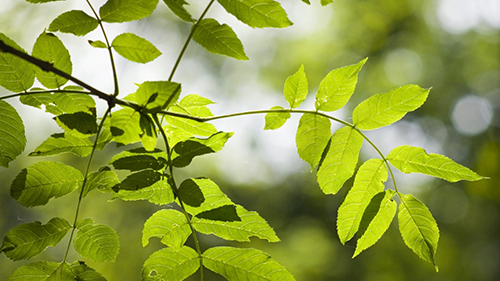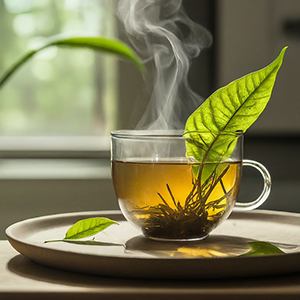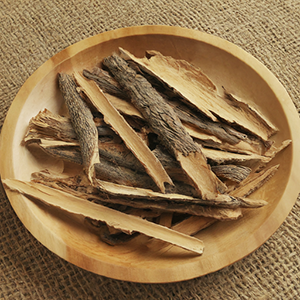Contents
Dioscorides stated in his writings that the bird’s tongue tree leaves help people who have been snake bit. Laguna and Mattioli, both Dioscorides translators and commentators in the 16th century, went far beyond saying that snakes fear the bird’s tongue tree and never dare to go close to that tree.
We do not know why those outstanding physicians bestowed such properties upon the bird’s tongue tree, and modern scientific research has not been able to prove these actions.

Bird’s Tongue Scientific Facts
- Scientific name: Fraxinus excelsior L.
- Other names: European tree, common ash tree.
- French: Fréne.
- Spanish: Fresno.
- Environment: It grows in moist places, especially along riverbanks. It has been naturalized in North America.
- Description: Deciduous tree of the Oleaceae family (the same family the olive tree belongs to), growing up to 20 m high or even more. It has a smooth trunk, compound leaves with an odd number of folioles (usually nine or 11), and dry, winged hanging in clusters.
- Parts of the plant used medicinally: The leaves and the bark.
Bird’s Tongue Healing Properties

Bird’s tongue tree leaves contain flavonic glycoside (quercetin), coumarin, malic acid, copper, iron, and tannin. They have diuretic, depurative, and laxative properties. They are recommended for arthritis (rheumatism caused by an excess of uric acid), gout, and kidney stones (the leaves promote the elimination of urate and oxalate crystals, which form calculi) and to fight constipation.
The bird’s tongue tree BARK contains glycoside (fraxin) and various sugars and resins. It has febrifuge and astringent properties and was once used as a substitute for quinine. It also has appetizer and digestive properties.
The so-called MANA TEARS, or mana, are obtained from the solidified sap of two bird’s tongue tree species growing in southern Italy and Sicily: Fraxinus ornus L. and Fraxinus rotundifolia Miller. Mana is a very effective and reliable laxative substance with a pleasant flavor, making it highly recommended for children.
American Ash Tree

The American ash tree (Chionanthus virginica L.) grows in North America and belongs to the same botanical family as the European ash tree, Oleaceae. This bark is used for its febrifuge (decreases fever), digestive, and stimulating properties, as decoction prepared with a tablespoonful (3 grams) of ground bark per cup of water. Drink two cups daily.
How to use Bird’s Tongue
- Decoction or infusion of leaves, with 30 grams per liter of water. To enhance its effects, some lemon juice can be added to it. Drink three cups daily.
- Bark decoction, with 40 grams per liter of water. Drink two or three cups a day.
- Mana tears – Take 10 to 30 grams dissolved in a glass of hot water on an empty stomach in the morning. During the day, its laxative effects will be attained. For children, reduce the dosage according to their age.
- 🌿Pure and Natural: European Ash Leaf Tea Herba Organica is hand-picked from the wild and carefully packed, with no additives, preservatives, or artificial ingredients.
- 🌿Sustainable Sourcing: Ethically sourced using sustainable methods to protect the environment while delivering a reliable product.
DISCLAIMER: All content on this website is presented solely for educational and informational objectives. Do not rely on the information provided as a replacement for advice, diagnosis, or treatment from a qualified medical expert. If you are pregnant, nursing, or have any preexisting medical concerns, talk to your doctor before using any herbal or natural medicines.
REFERENCES
- George D. Pamplona-Roger, M.D. “Encyclopedia of Medicinal Plants.” George D. Pamplona-Roger, M.D. Encyclopedia of Medicinal Plants. Ed. Francesc X. Gelabert. vols. 2 San Fernando de Henares: Editorial Safeliz, 2000. 669. Print.
- https://www.ema.europa.eu/en
- ESCOP Monographs https://escop.com/
- National Institutes of Health (NIH) https://www.nih.gov/
- Health (NCCIH) https://www.nccih.nih.gov/
Last update on 2025-06-04 / Affiliate links / Images from Amazon Product Advertising API


